Bathing is a habit that the child must learn from the first days of birth. Precisely for this reason, it should be a pleasant act, the same for the child as for the adult who performs the task.
Are you afraid when bathing your baby? Don't worry, it's very natural, especially in the first few months, and if you've been a mom for the first time. But for that fear to disappear and your baby does not take risks, it is convenient that you take these tips into account.
In the first months:
It is advisable to bathe the baby before ten in the morning. But if you prefer, you can do it before meals, but never after them, because it could cause a digestive disorder and also affect the rhythm of sleep, causing the child not to fall asleep until after the next meal. When the child begins to eat regularly three times a day, it is the same that you bathe before lunch as it is before the meal.
Before the bath, give him a glass of orange juice to reduce his appetite a bit. Choose a warm room, no matter what it is. The water should be about the same temperature as your body. A bath thermometer is very practical, but if you don't have one, put your hand in the water and test if the heat from it is pleasant. Use a mild or liquid soap and preferably one made especially for children.
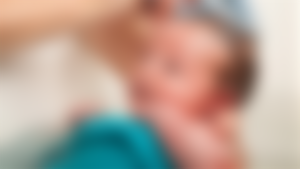
While you are not used to bathing your baby, fill the bathtub with little water and increase the amount as you feel more confident to hold it. If you prefer not to put the child in the water, you can then place it on a table or on your knees and sponge it very quickly so that the child does not get cold. Then holding it with both hands, you can rinse it in the bathtub.
A foam rubber pad to sit the child on is very practical, but if it is difficult to find it, sit it on a cloth so that it does not slip. Once in the water, keep the child seated so that she can rest her head on her left forearm while supporting her with the same hand, placing the thumb on the shoulder and the other fingers under the armpits.
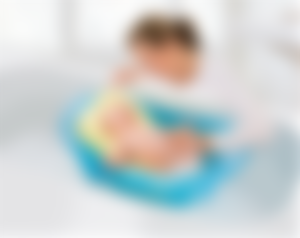
Proceed first to wash the face but with a soft and clear cloth without using soap. You can wash your head once or twice a week. The rest of the body, wash it with soap using a sponge or a soft cloth.
To dry it, preferably use a terry cloth and do not rub it. If your belly button has not yet healed, gently pat the wound dry using a clean absorbent cotton pad.
When washing your head, be careful not to get soapy water in your eyes. If the child does not want to stretch in the bathtub to be able to rinse his head. Place one of your hands on his forehead and with the other, using a small jug, pour the water on him trying to protect his eyes.
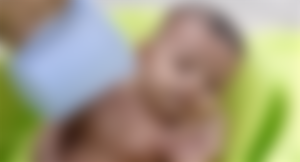
If your child is afraid of the bathtub, then use a smaller container until she gets used to it.
Clean only the pinna gently with a washcloth and avoid getting water into the ear canal. The movement of the eyelids constantly cleans the eyes so it is not necessary to apply any type of drops unless you have an infection. The nose also has a natural cleaning system.
However, when you are drying your child after bathing, wipe his nose gently with a corner of the cloth or with a cotton ball wrapped in a toothpick. The mouth does not yet require any special care. Cut nails while the child sleeps by slightly bending the fingertip.
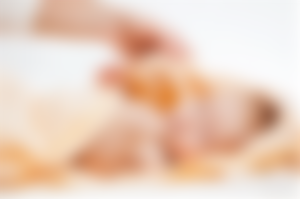
If the child has delicate skin, it is recommended to put a little powder on the body or some cream after the bath. Before you add the powder, make sure the skin is dry.
If you bathe your child before the navel has completely healed, dry it well with an alcohol swab and then cover it with a piece of sterile gauze.
Thanks for reading, until a next publication.
Main Image: https://www.egoskinexpert.com.au/baby-care/baby-bath-time-routine/
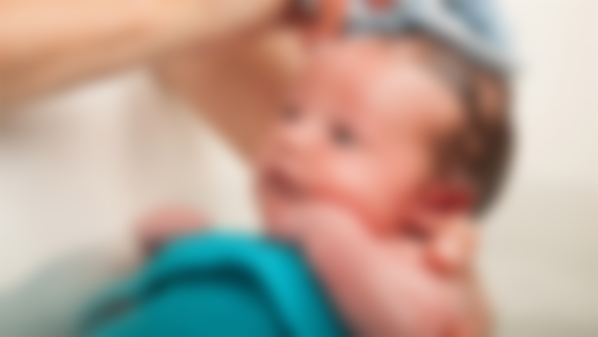
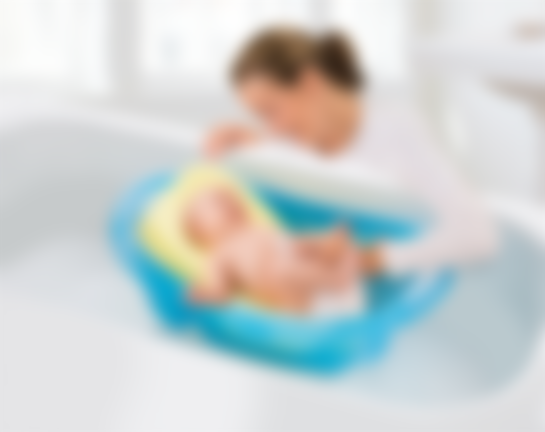

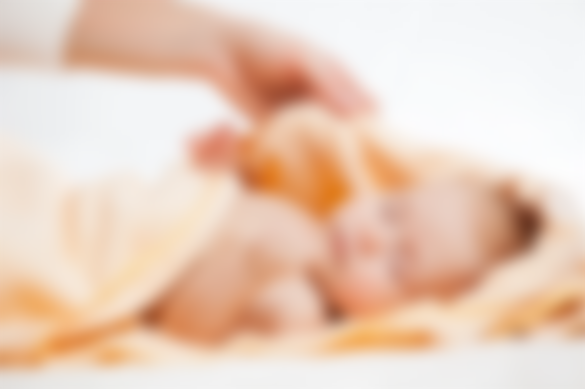
I love babies 👶